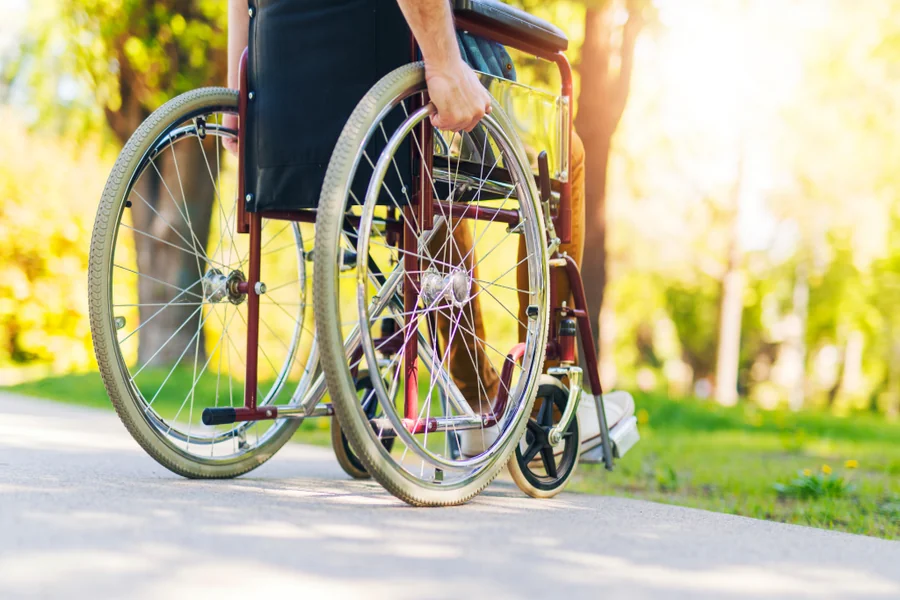Creating a wheelchair-ready home is more than just widening doorways—it’s about cultivating an environment that empowers independence, ensures safety, and promotes everyday comfort. Whether you’re preparing for a loved one, adapting to personal mobility changes, or simply planning ahead, transforming your living space to be wheelchair-friendly can dramatically enhance quality of life. Here’s how to get started.
Rethink Your Floor Plan
One of the first steps in wheelchair accessibility is reevaluating your home’s layout. Mobility devices require more room to maneuver than walking, so open spaces are key. Furniture may need to be rearranged or reduced to create clear, wide pathways.
Aim for at least 36 inches of clearance through hallways and around major furniture. Living rooms should allow for easy turning, ideally with a 5-foot diameter turning radius. Consider mounting TVs on the wall and choosing multi-functional furniture with rounded corners to reduce hazards and maximize space.
Focus on Flooring
The right flooring can make all the difference in wheelchair navigation. Thick carpets or rugs can create resistance and increase the risk of tripping or tipping. Instead, opt for smooth, durable surfaces such as hardwood, laminate, vinyl, or low-pile carpet. Avoid thresholds or transitions between rooms that are more than ½ inch high—these can be difficult or even dangerous for wheelchair users.
Non-slip finishes are a bonus, especially in areas prone to moisture like kitchens or bathrooms. Always secure rugs with non-slip backing or remove them entirely.
Doorways and Thresholds
Most standard doorways are only 28–30 inches wide, while a wheelchair needs at least 32 inches for comfortable access. If possible, widen narrow doorways or consider offset hinges, which allow doors to open wider without major renovations.
Thresholds should be flush or have gradual ramps. Even a small lip can impede movement or pose a tripping hazard. Invest in threshold ramps to ease transitions between different floor heights.
Smart Bathroom Design
Bathrooms can be one of the most challenging areas to navigate in a wheelchair, but thoughtful design makes a big difference. Start with the entry—ensure the doorway is wide and easy to open. Inside, key adjustments may include:
- Roll-in showers with handheld showerheads and built-in seating
- Grab bars near the toilet and in the shower
- Accessible sinks with knee clearance and single-lever faucets
- Raised toilet seats or wall-mounted toilets for better alignment
If a complete renovation isn’t possible, even simple additions like a portable shower bench and strategically placed grab bars can improve safety and comfort, while you relax and enjoy shows on peacocktv.com tv.
Accessible Kitchens
The kitchen should be functional and safe for all users. Start by lowering countertops and placing commonly used items within reach. Open shelving, pull-out drawers, and lazy Susans can make storage more accessible.
Choose appliances that are easy to open from a seated position—wall ovens, side-opening microwaves, and front-control cooktops are ideal. Lever-style cabinet handles and touch-controlled faucets also offer added convenience.
Don’t forget about clearance: allow space under sinks and counters so wheelchairs can roll in comfortably. Ensuring a proper turning radius here is especially important.
Ramps and Entrances
If your home has stairs or steps at any entrance, installing a ramp is crucial. Ramps should have a gentle slope (1:12 ratio or less), secure handrails, and a non-slip surface. Consider the entryway lighting as well—adequate illumination ensures safety, especially at night.
For interior stairs, a stairlift or affordable home elevator in Salt Lake City, UT may be an investment worth exploring for multi-level homes.
Lighting and Controls
Independence in a wheelchair extends beyond physical navigation—home controls should also be accessible. Lower light switches to 36–42 inches from the floor, and use rocker or touch-style switches that are easier to operate.
Smart home technology can also be incredibly helpful. Voice-controlled lighting, thermostats, and security systems allow for greater independence and can be managed from a smartphone or tablet.
Finishing Touches: Comfort and Personalization
Don’t forget that an accessible home should also feel like home. Keep comfort in mind with cozy seating, inviting décor, and personalized touches that reflect your style, as suggested by blessingstimes.
Also, listen to the needs of the person using the wheelchair—everyone’s mobility experience is different. Customizing your space to suit individual preferences is the final step in creating a truly empowering environment.
In Conclusion
Making your home wheelchair-ready is a journey toward greater freedom, dignity, and daily ease. With the right changes—both big and small—you can create a space that not only accommodates a wheelchair but supports a thriving, independent lifestyle. Every thoughtful adjustment contributes to a more inclusive home where movement isn’t restricted—it’s celebrated.

